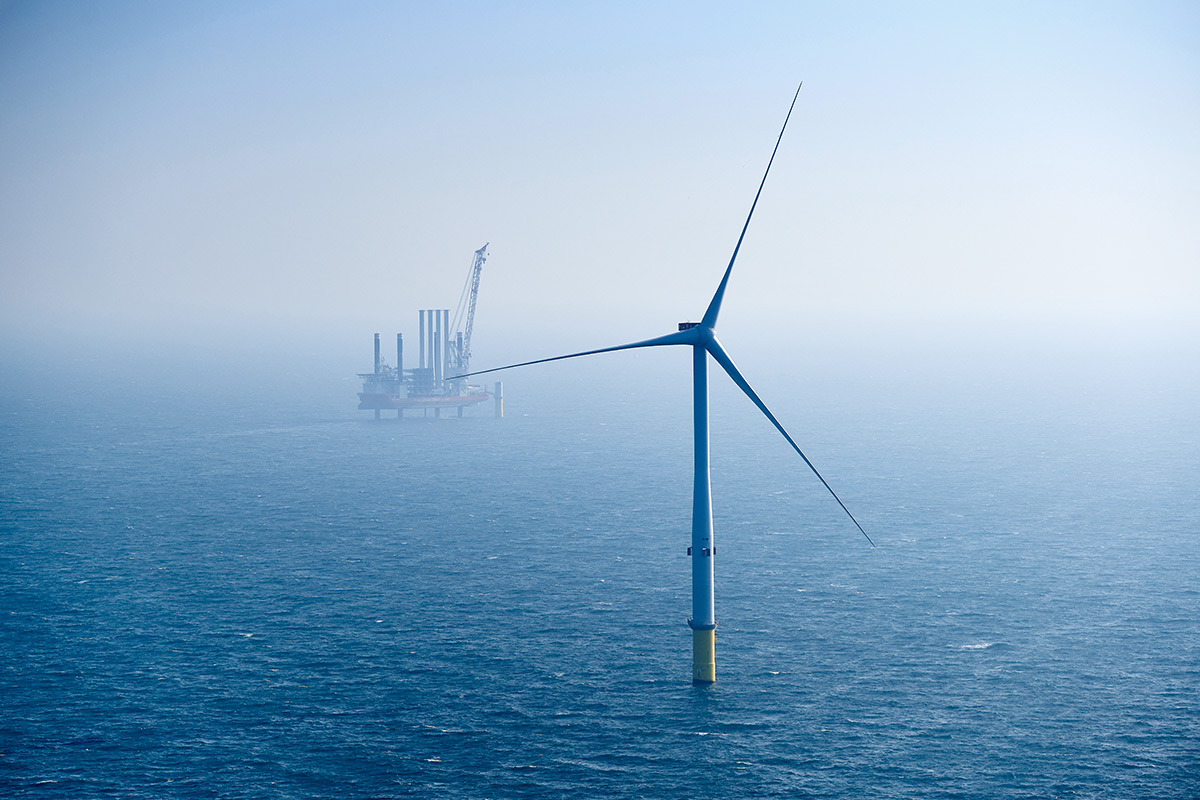1 March 2021
Are the offshore winds of change coming to the Black Sea too ?

The publication of the European Offshore Renewable Energy Strategy last November 2020 has been followed by a number of new Government commitments for the development of offshore wind, including Lithuania, Estonia, Latvia, Poland, Greece and Spain. The EU Strategy envisages offshore wind development in all European Seas and promises the creation of regional cooperation groups in all sea-basins.
The Black Sea is one sea-basin stirring new interest. The World Bank estimates it has 453 GW of technical offshore wind potential – 269 GW for bottom-fixed and 166 GW for floating offshore wind. The Romanian Parliament is debating a draft Offshore Wind Bill. And Bulgaria is starting to look into offshore wind deployment as well.
The Bulgarian Wind Energy Association and WindEurope recently gathered key stakeholders from the Bulgarian and Romanian public authorities and the European Commission, along with wind industry investors to exchange on the potential for offshore wind deployment in the Black Sea.
Participants agreed the first step to kick-starting offshore wind is upfront planning, especially maritime spatial planning, and bilateral collaboration between Bulgaria and Romania. Neither of the two countries currently foresees offshore wind deployment in their 2030 National Energy & Climate Plans. This has to change for the update of the Plans in 2023. Giving clear visibility on the desired offshore wind expansion by 2030 is critical for attracting investments. And it would be even better if Bulgaria and Romania cooperate on a joint offshore wind project that qualifies as a flagship European initiative under the EU Offshore Renewable Energy Strategy.
The second step would be to ensure offshore wind can co-exist with other economic sectors. National Maritime Spatial Plans (MSPs) are critical to that end. The EU Member States are submitting their MSPs by March 2021. They outline possibilities for offshore wind deployment for the next six years in every country. Neither Romania nor Bulgaria have indicated offshore as a priority sector in the MSPs so far. Participants concluded this needs to changes as a matter of priority.
Next the two countries’ National Recovery & Resilience Plans need to channel investments in the right priorities for offshore wind expansion. These Plans, due to be submitted to the European Commission by end April 2021, are outlining how EU Member States plan to invest the €653bn EU Recovery & Resilience Facility. Bulgaria bets on the digitalisation of electricity grids and on hydrogen infrastructure, while Romania wants to further strengthen its power grid expansion and reinforcement planning. But both Plans critically miss out on port infrastructure investments that will be key for offshore wind deployment and that could turn out to be core funding proposals for both countries’ Plans.
Participants also stressed the need for a robust regulatory framework for offshore wind. And that Contracts for Difference (CfD) would be a preferred way to finance offshore wind in the Black Sea. This model is cheap for Governments: they pay out and get paid back depending on market prices. And it reduces financing costs which means lower bills for energy consumers. Denmark, Poland, Ireland, France, Lithuania, the UK are all doing it already.
Last but not least how Bulgaria and Romania handle biodiversity when deploying offshore wind in the Black Sea is also an important consideration. The two neighbours could use the best practices spelt out by the Offshore Coalition, a collaboration between leading European NGOs and TSOs for the deployment of offshore wind in full respect with nature protection and healthy marine ecosystems.

